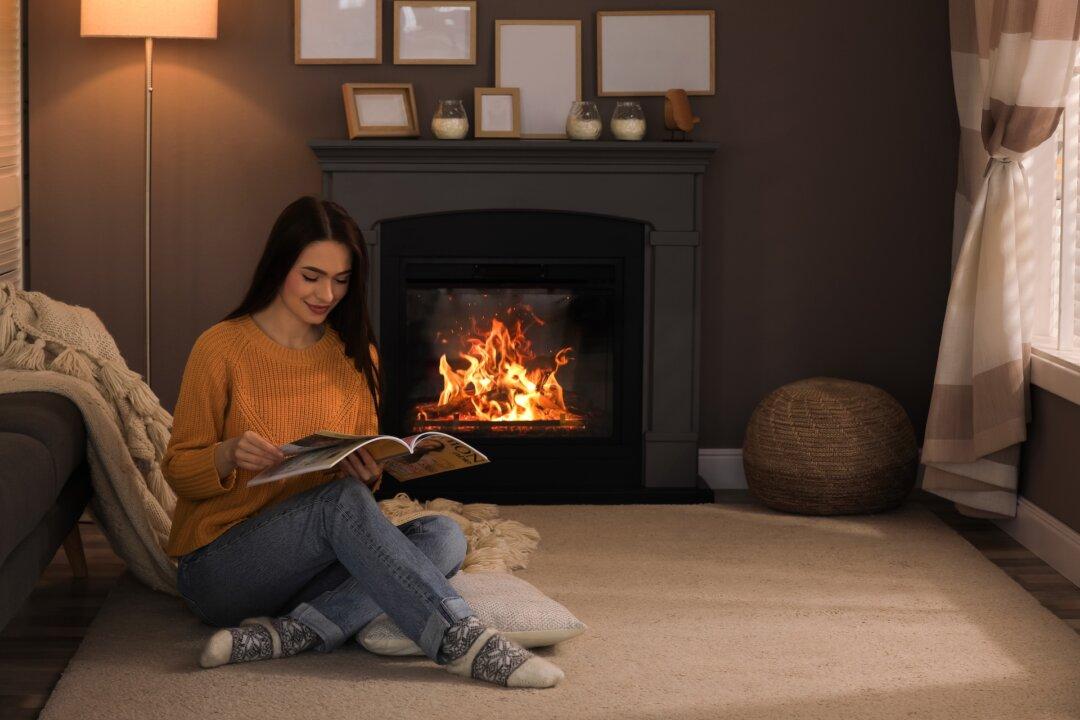Your first decision to make, even before a pattern design, is the tile material. One of the most durable and attractive tile materials is solid-color porcelain tile. The color goes completely through the tile material, so tiny scratches or chips are not very apparent. The tile can handle temperature extremes and can also be used outdoors.
A similar type of tile is glazed porcelain tile. This tile is produced in a similar manner to solid-color tiles, except the color is applied as a glaze to the underlying base tile material. It also has a very durable, hard surface and can be used for some outdoor projects.
Ceramic mosaic tile can be used to create some unique patterns. This ceramic tile is made from a clay or porcelain body, and each tile is generally less than 2 inches per side. These small tiles are sometimes attached to paper or mesh sheets to simplify the installation process.
A home center store may have several tiles and patterns available, but a retail flooring or specialty tile outlet should have more pattern selections than you ever dreamed possible. You may even be able to find tiles and patterns to create styles from various historical periods. The color, size, and surface finishes have varied over the past 200 years.
Some simple yet attractive tile patterns use just one tile size, and the orientation of the tiles creates the patterns. Some of the most common one-tile patterns include brickwood square, diamond, herringbone, corridor horizontal, and basketweave.
Patterns using two different tile sizes can yield some very interesting tile patterns. These patterns include corridor, corridor vertical, hopscotch, stepping stone, lacework, and cobblestone. Keep in mind you will have to order different quantities of two different sizes or colors of tiles.
The most interesting and unique tile patterns use three different sizes of tiles. Some typical three-tile patterns are divisible, trellis, corridor modular, vectored, and soldiered. To install these properly, it is best to draw a layout or lay them out on the floor first.
Another option is to make your own tile patterns. Purchase relatively large tiles, and then cut them to the sizes you select. You can even make nonrectangular shapes for a truly unique pattern. In order to cut tile neatly, you should rent a wet diamond saw because most tile material is extremely hard.
Installing decorative tile is not much different than ordinary tiles. You may want to be more precise with the tile spacing on decorative tiles because the appearance and contrast with the grout is more important. You may be able to find the decorative tiles with self-spacing lugs. These small bumps on the edges of the tiles keep them apart at the proper spacing. They are hidden underneath the grout when it is applied.






